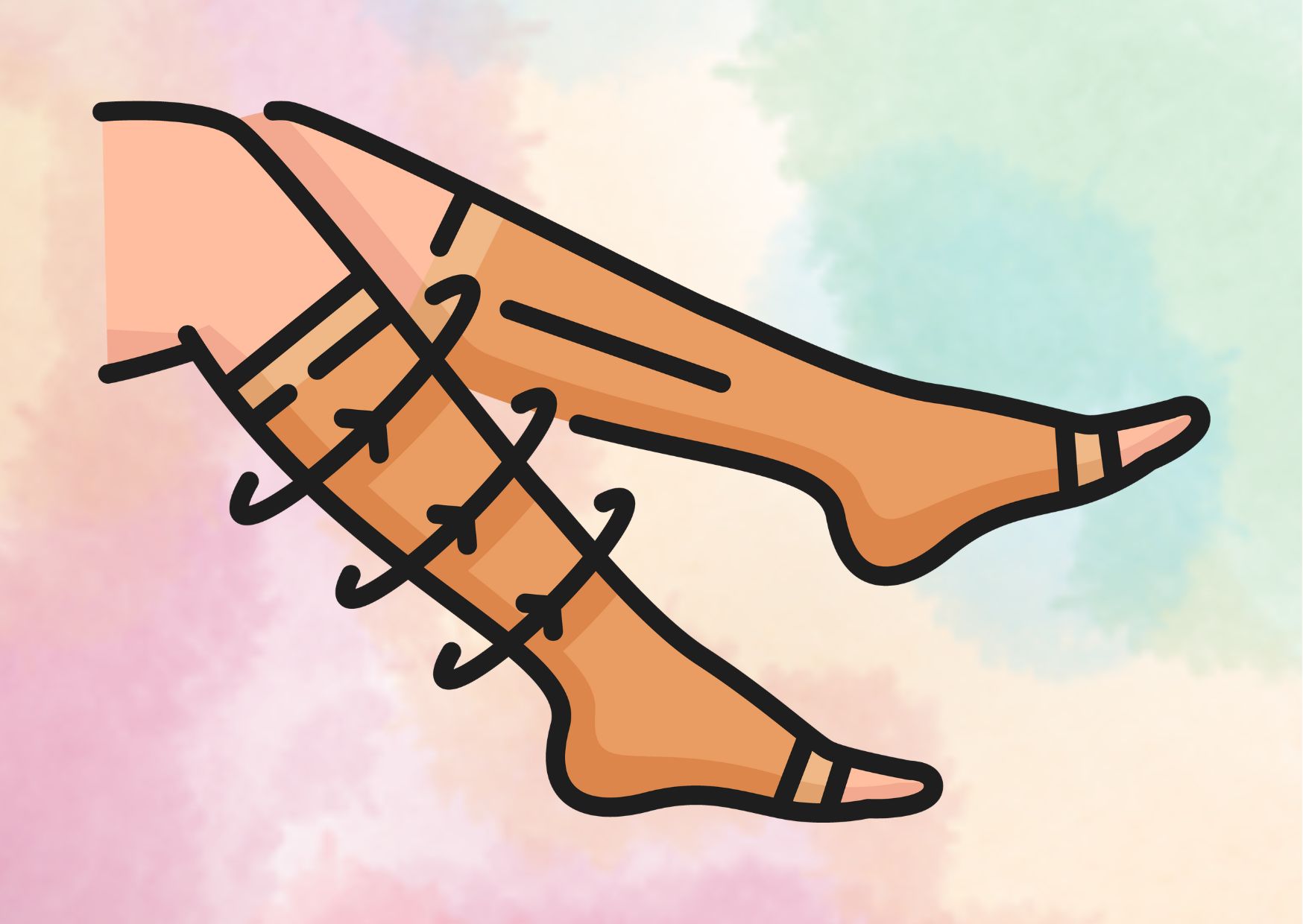Best Compression Socks for All-Day Comfort and Swelling Relief
Compression socks have become a go-to solution for those seeking relief from swelling and discomfort in their legs and feet. These specially designed garments offer support and improved circulation, making them invaluable for people who spend long hours on their feet, frequent travelers, and individuals dealing with varicose veins. With their ability to promote better blood flow and reduce fatigue, compression socks are gaining popularity among a wide range of users, from athletes to office workers.
When it comes to choosing the right compression socks, there are several factors to consider. This article will explore the key features to look for, including compression levels, materials, and sizing options. It will also review some of the best compression socks available, with a focus on options suitable for all-day wear and travel. Additionally, readers will learn how to pick the perfect pair of compression socks for their specific needs, whether they’re seeking comfort during long flights or relief from swelling caused by medical conditions.
Understanding Compression Socks
How compression socks work
Compression socks are specially designed hosiery that apply gentle pressure to the legs and feet. These socks work by exerting the greatest pressure at the ankle, with the level of compression gradually decreasing up the leg. This graduated compression helps push blood back up toward the heart, improving circulation and preventing blood from pooling in the feet and ankles.
The unique elastic material of compression socks acts like an additional layer of muscle, working with the calf muscle to squeeze venous blood upward. This action effectively shrinks the diameter of major veins, resulting in increased velocity and volume of blood flow. By promoting better circulation, compression socks help reduce swelling, alleviate achiness, and provide relief from various venous conditions.
Benefits for comfort and swelling relief
Compression socks offer numerous benefits for those seeking comfort and swelling relief. They are particularly helpful for individuals who spend long hours on their feet, frequent travelers, and those dealing with varicose veins. Some key advantages include:
- Improved circulation: By enhancing blood flow, compression socks help reduce the risk of blood clots and speed up the healing process for those prone to pressure sores.
- Reduced swelling: The graduated pressure helps prevent fluid buildup in the lower legs, ankles, and feet, making them beneficial for pregnant women and individuals with conditions like lymphedema.
- Pain relief: By promoting better blood flow and reducing swelling, compression socks can alleviate discomfort and heaviness in the legs.
- Support for athletes: Many athletes use compression socks to improve exercise performance, reduce muscle soreness, and decrease recovery time after workouts or injuries.
- Management of venous disorders: Compression socks are effective in treating various venous conditions, including chronic venous insufficiency, varicose veins, and deep vein thrombosis.
Types of compression levels
Compression socks come in various levels of pressure, measured in millimeters of mercury (mmHg). The appropriate level depends on the individual’s needs and any underlying medical conditions. Common compression levels include:
- 8-15 mmHg: Provides mild support for slightly achy or tired legs, suitable for everyday wear and travel.
- 15-20 mmHg: Offers moderate support for minor swelling and fatigue, often recommended during pregnancy to prevent varicose veins.
- 20-30 mmHg: The most commonly prescribed level, used for various minor to moderate medical conditions, including varicose veins and mild edema.
- 30-40 mmHg: Provides firm compression for more severe cases of edema, deep vein thrombosis, and active venous stasis ulcers.
- 40-50 mmHg: Used for severe cases of chronic venous insufficiency and lymphedema.
It’s important to note that while lower compression levels (up to 20 mmHg) are generally available over-the-counter, higher levels often require a prescription and professional fitting to ensure proper use and effectiveness. When choosing compression socks, it’s advisable to consult with a healthcare professional to determine the most suitable level for individual needs and to ensure safe and effective use.
Suggestion for read: Everything You Need to Know About Brazilian Butt Lift Surgery
Top Features to Look for
When selecting compression socks for all-day comfort and swelling relief, there are several key features to consider. These features ensure that the socks provide optimal support, comfort, and effectiveness.
Graduated compression
One of the most important features to look for in compression socks is graduated compression. This design applies the highest level of pressure at the ankle, gradually decreasing up the leg. Graduated compression helps push blood back towards the heart, improving circulation and reducing swelling. This technology enhances blood flow, which can lead to faster muscle recovery and reduced fatigue. For instance, socks with 20-30 mmHg compression are often recommended for moderate to severe varicose veins and lymphatic edema management.

